Tachyon tidbits featuring James Morrow, Kameron Hurley, John Picacio, and Leslie What
The latest reviews and mentions of Tachyon titles and authors from around the web.

James Morrow, Kameron Hurley, John Picacio, and Leslie What
HISTORICAL NOVEL SOCIETY praises James Morrow’s THE ASYLUM OF DR. CALIGARI.
The story was inspired by the classic 1920s film, The Cabinet of Dr. Caligari. While Morrow’s story is satirical and almost slapstick at times, it manages to avoid delving into the ridiculous, but a certain amount of patience with the absurdity is required. While it is possible to read this book without having much knowledge of Dr. Caligari or the original Robert Weine film, having that experience and background brings the story and the character to life all the more. Morrow successfully uses art as the link between the worlds (bridging from film to print), but the story is essentially original and all his, in all of its strange and interesting glory.
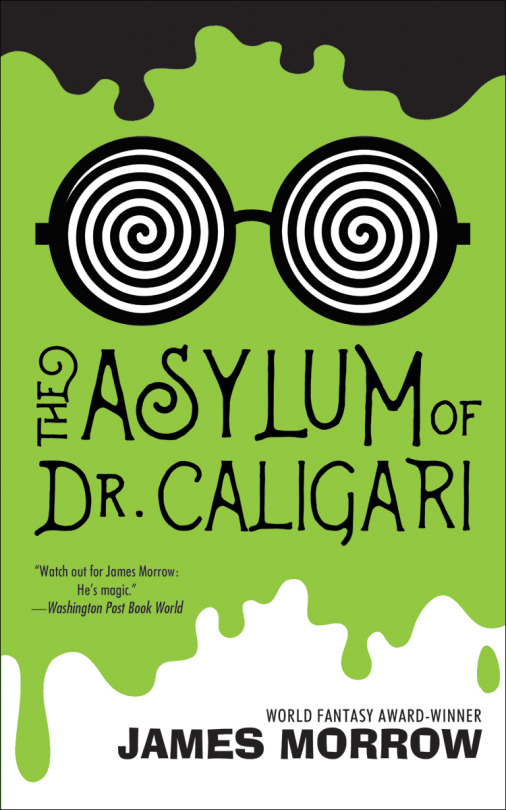
Kameron Hurley, author of the forthcoming APOCALYPSE NYX, contributes to POPULAR MECHANICS’ 8 Sci-Fi Writers on Where Star Trek Should Go Next.
There’s no better time for Star Trek to do what it does best—engaging in tough moral dilemmas. The episode I’m most interested in seeing Star Trek explore is one that addresses the scourge of perpetual war, and how to de-escalate it and come out the other side.
The Star Trek episode “A Taste of Armageddon” envisioned a 500-year-long war that continued to persist because the horror and brutality of that war were hidden from the people who fought it. It’s the horror of war, Kirk says, that forces us to end it. As long as we are able to put people to death neatly, cleanly, behind closed doors, away from the eyes of the media, of witnesses, war will continue without end.
As America soon enters its second decade of ongoing war in the Middle East, it’s worth asking this question again via the safe space-western format that allows us to divorce our political baggage from the moral question, and interrogate ourselves and our actions in a way that doesn’t feel like an attack.
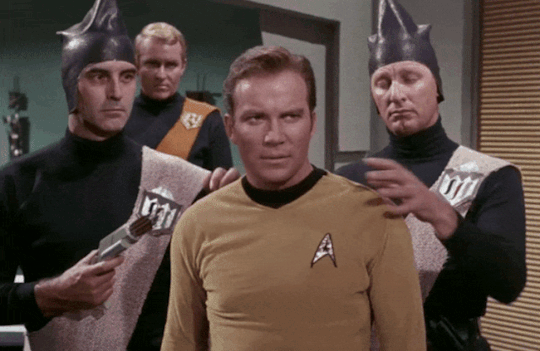
I want a Star Trek that makes me engage with my own world in new ways, and challenges me to solve problems using the skills that made the series great: knowing and understanding your enemy, finding common ground, and being open to new experiences, to not just boldly go where no one has gone, but to not be a dick about it when you get there.
I want see an episode that tells us not only how to surface the horrors of war to drive action, but to create the egalitarian future Star Trek has always promised us.
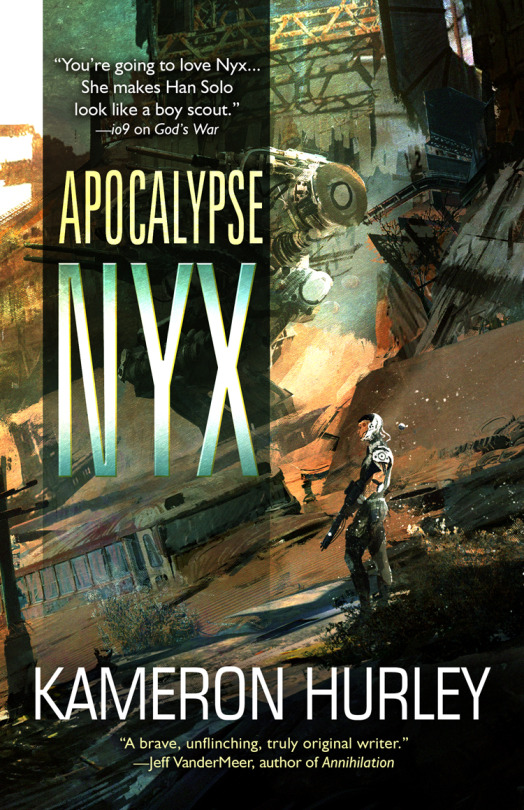
Art: Wadim Kashin
Design: Elizabeth Story
On IO9, Evan Narcisse profiles artist John Picacio.
You may not know who John Picacio is by name but, if you’ve been a fan of A Song of Ice and Fire, then you’ve seen his work illuminating the world created by George R.R. Martin’s books. The award-winning illustrator helped define the looks of Jon Snow, Eddard Stark and other iconic ASoIaF characters before casting directors got cracking on HBO’s hit Game of Thrones television adaptation.
Picacio’s one of those artists whose work glows with a distinctive and elegant point-of-view. Aside from Martin, his linework has graced works by Michael Moorcock, Harlan Ellison, Joe R. Lansdale and tons of other science-fiction/fantasy luminaries. For the last few years, he’s also been creating Loteria Grande, a re-invented version of loteria, the classic Mexican game of chance. io9 is featuring at some of Picacio’s favorite pieces in honor of Hispanic Heritage Month—including his recollections about the creation of each illustration.
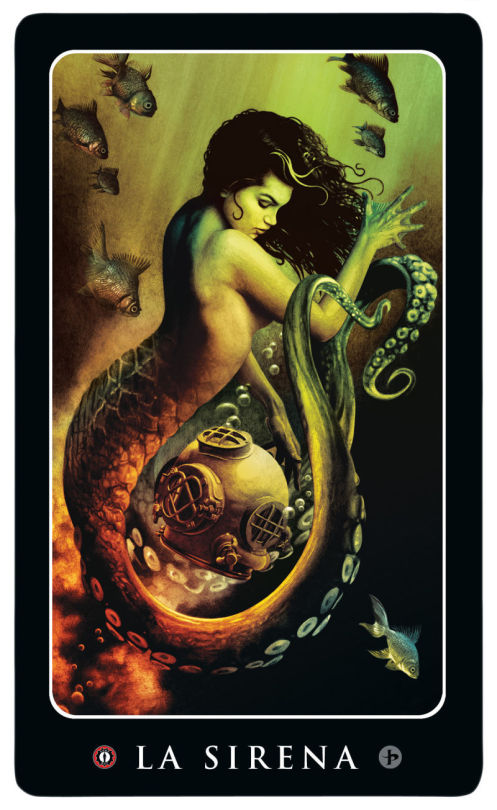
I grew up playing a card game with my family. It’s called Loteria, and it’s a Mexican game of chance, played much like Bingo. The icons on the cards are super-familiar within Mexican culture, but I wanted to re-imagine them in my own unique way. ‘La Sirena’ was one of the first of those visions, and she’ll always be one of my favorites because she caused a lot of people to fall in love with my Loteria work. This art ended up winning the 2013 Chesley Award for Best Product Illustration, when it appeared as a limited-run art card.
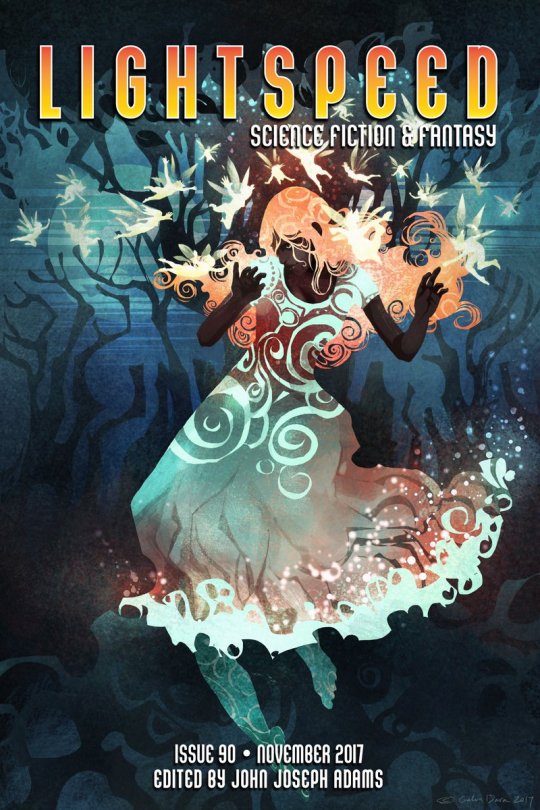
Art: Galen Dara
LIGHTSPEED (Nov. 2017 Issue 90) reprints “The Mutable Borders of Love” by Leslie What, author of OLYMPIC GAMES.
Though Marietta’s eyes are closed, she is wide awake, fingering the new sheets she gave Asher as part of his six-month anniversary present. The other parts were dinner, followed by multiple sexual favors. She has already thought ahead, to the seven-month anniversary, when she will trade dinner for breakfast, trade a languorous night of sex for a quickie. She worries about thinking so far ahead and having expectations concerning things she cannot fully control. Is this really the way being in love should feel?
Asher’s bed is a California king. It is out of place, too big for the eight-by-ten room. The sheets cost almost double the price of her queen-size, but she bought these for herself as much as him. Asher’s new sheets are crisp and cool dense cotton that makes them feel shiny. Marietta is obsessed by their smooth texture and fine weave. She can’t stop fidgeting with the fabric between her forefinger and thumb. The old sheets were a remnant from a previous relationship. No matter how many times they were laundered, the Hawaiian ginger scent favored by the woman Marietta has since replaced lingered like old smoke. Marietta hated sleeping over at Asher’s until tonight.
Her lover snores content beside her, something she calculates will continue another ten minutes before he fades into a deep and heavy sleep, at which time he will probably call out the names of women he dated before they met. These women are dead, just as her past sweethearts are dead, but it bothers her just the same, maybe because it’s an unwelcome reminder that not everyone’s strong enough to survive love.
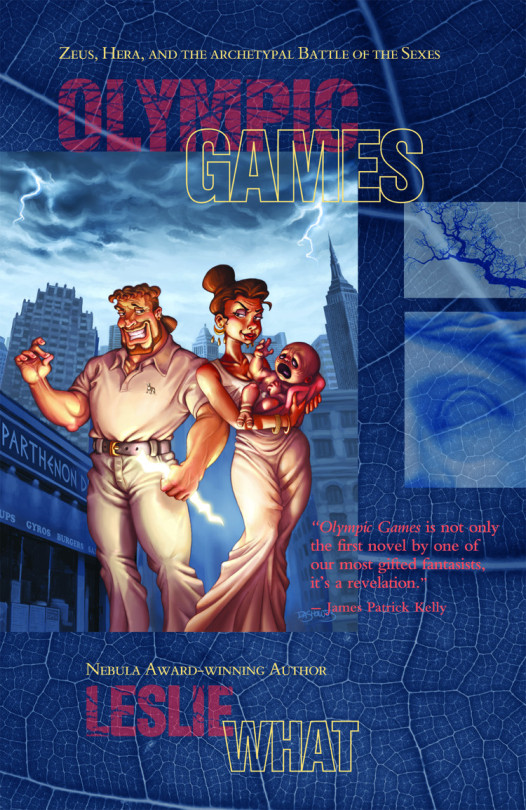
For more info on THE ASYLUM OF DR. CALIGARI, visit the Tachyon page.
Cover by Elizabeth Story
For more info on OLYMPIC GAMES, visit the Tachyon page.
Cover by Michael Dashow
